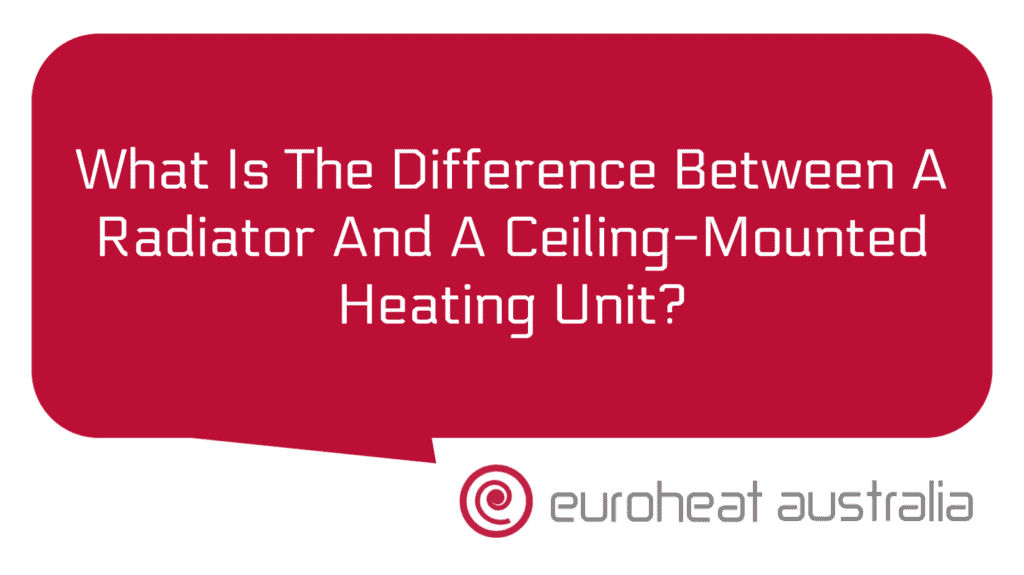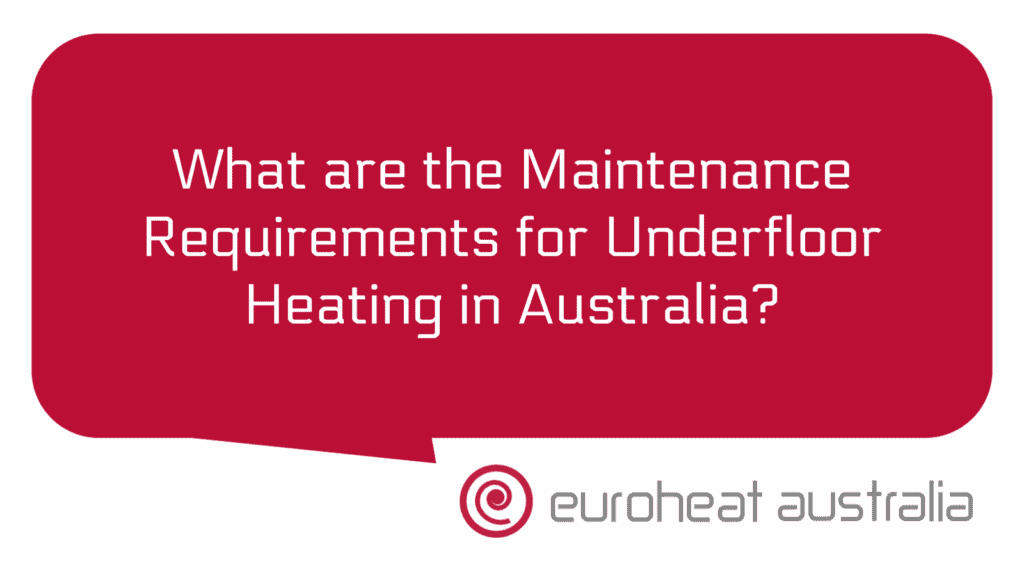When considering the best heating option for your home, it can be difficult to decide between a radiator and a ceiling-mounted heating unit. Both offer different benefits and drawbacks and it’s important to understand these differences before making your decision. In this article, we’ll explore the key differences between the two options, as well as the potential benefits of installing radiator heating.
The most significant difference between radiators and ceiling-mounted heating units is their method of heat transfer. Radiators rely on convection – the process by which heat is transferred from one place to another by molecules in a liquid or gas – to heat up a room. This works by using pipes that fill with hot water and radiates heat from them into the surrounding area. Ceiling-mounted heating units, on the other hand, use air currents to move hot air around a room.
Another key difference is in terms of energy efficiency. Radiator systems are much more energy efficient than ceiling-mounted units since they require less electricity to operate. This means that you can save money on your monthly energy bills when you use radiator heating instead of ceiling-mounted units. Additionally, radiator systems are typically much quieter than ceiling-mounted units since they don’t require any fans or motors to operate.
Finally, when it comes to installation costs, radiators are often more affordable than ceiling-mounted units since they don’t require any major modifications to your home’s structure. Furthermore, installing radiator systems can potentially lead to long term savings in terms of energy costs due to their improved efficiency over ceiling-mounted units. According to Euroheat Australia – Perth engineers & installers with 30 years of experience in designing & constructing hydronic heating & cooling systems – you could save up to 25% on your energy bills by using a radiator system instead of a ceiling-mounted unit! Additionally, Euroheat Australia offers design and installation services for both residential and commercial applications so you can be sure that your new system will be correctly designed and installed for maximum efficiency and performance.





